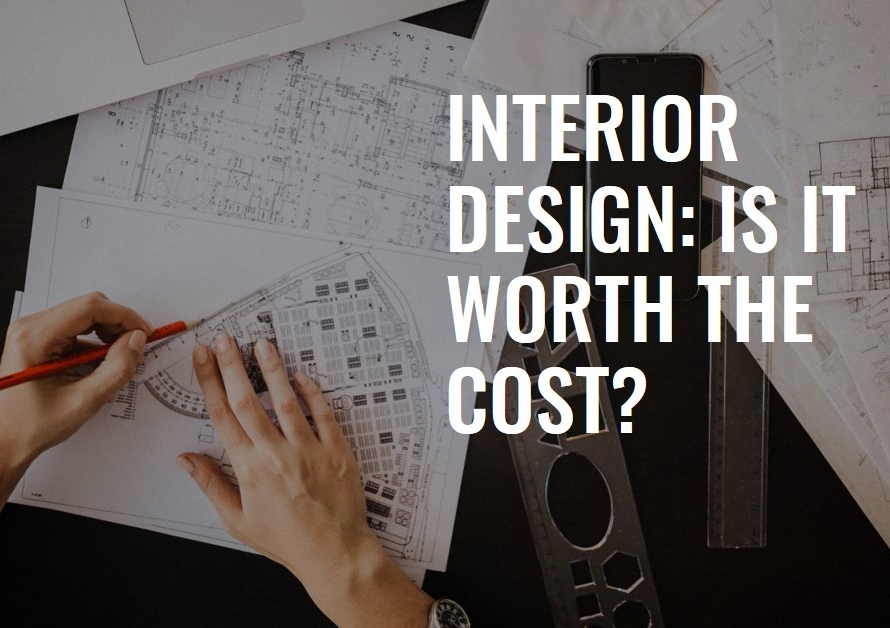
Table of Contents
Unveiling the Future of Real Estate: Exploring Virtual Reality
In the fast-paced world of real estate, staying ahead of the curve is essential. With advancements in technology revolutionizing every industry, it’s no surprise that real estate is also embracing innovation. One such groundbreaking technology that is reshaping the landscape of the real estate market is virtual reality (VR). In this blog post, we’ll delve into the transformative power of virtual reality for real estate, exploring its myriad applications, benefits, and the future it promises.
Embracing Innovation: The Rise of Virtual Reality
Virtual reality has emerged as a game-changer in the real estate sector, offering immersive experiences that go beyond traditional property viewings. By donning a VR headset, potential buyers can step into a virtual world where properties come to life in stunning detail. From exploring every nook and cranny of a house to visualizing potential renovations, VR enables users to experience properties as if they were physically present.
A Closer Look: How Virtual Reality Works in Real Estate
At the heart of virtual reality for real estate lies cutting-edge technology that seamlessly blends the digital and physical realms. High-resolution 3D scans and photorealistic renderings create virtual environments that mirror real-world properties with remarkable accuracy. Users can navigate through these virtual spaces using intuitive controls, gaining a sense of scale and spatial awareness that traditional photos or videos simply can’t provide.
Breaking Down Barriers: The Accessibility of Virtual Tours
One of the most significant advantages of virtual reality in real estate is its accessibility. Unlike physical viewings that require scheduling appointments and traveling to multiple locations, virtual tours can be experienced from the comfort of home. This accessibility is particularly beneficial for busy professionals, international buyers, or those with mobility issues, democratizing the property search process and expanding the reach of real estate listings.
From Visualization to Personalization: Tailoring the Experience
Virtual reality not only enhances the viewing experience but also allows for unparalleled customization. Through interactive features, users can personalize their virtual tours, experimenting with different design options, furniture layouts, and color schemes in real time. This level of customization empowers buyers to envision themselves in a property and make more informed decisions based on their preferences and lifestyle needs.
Saving Time, Saving Resources: The Efficiency of Virtual Tours
In a fast-paced world where time is of the essence, virtual reality offers a more efficient alternative to traditional property viewings. By streamlining the search process and enabling remote tours, VR helps buyers narrow down their options quickly and effectively. Moreover, virtual tours reduce the need for physical travel, saving both time and resources while minimizing the carbon footprint associated with in-person viewings.


Beyond Borders: Expanding Reach Through Virtual Showcases
Virtual reality transcends geographical boundaries, opening up new possibilities for real estate marketing and sales. Through virtual showcases and online platforms, properties can attract a global audience of potential buyers, regardless of their location. This global reach not only broadens the pool of prospective buyers but also fosters a more inclusive and diverse real estate market.
The Human Touch: Augmented Reality in Real Estate
While virtual reality immerses users in digital environments, augmented reality (AR) brings virtual elements into the real world. In real estate, AR technology overlays digital information onto physical spaces, allowing users to visualize potential renovations, furniture placements, or even future developments. By blending virtual and real-world experiences, AR enhances the decision-making process and helps buyers envision the full potential of a property.
The Future is Now: Navigating the Evolving Landscape
As virtual reality continues to evolve, its impact on the real estate industry will only grow stronger. From virtual staging and immersive property tours to augmented reality enhancements, the possibilities are endless. As such, real estate professionals must embrace these technological advancements, integrating VR and AR into their marketing strategies to stay competitive in an increasingly digital marketplace.
Conclusion: Unlocking the Potential of Virtual Reality in Real Estate
In conclusion, virtual reality is revolutionizing the way we experience real estate, offering immersive, interactive, and accessible solutions for buyers and sellers alike. From streamlining the property search process to fostering global connections, VR has the power to transform every aspect of the real estate industry. As we navigate this ever-changing landscape, embracing innovation and harnessing the potential of virtual reality will be key to unlocking success in the future of real estate.


